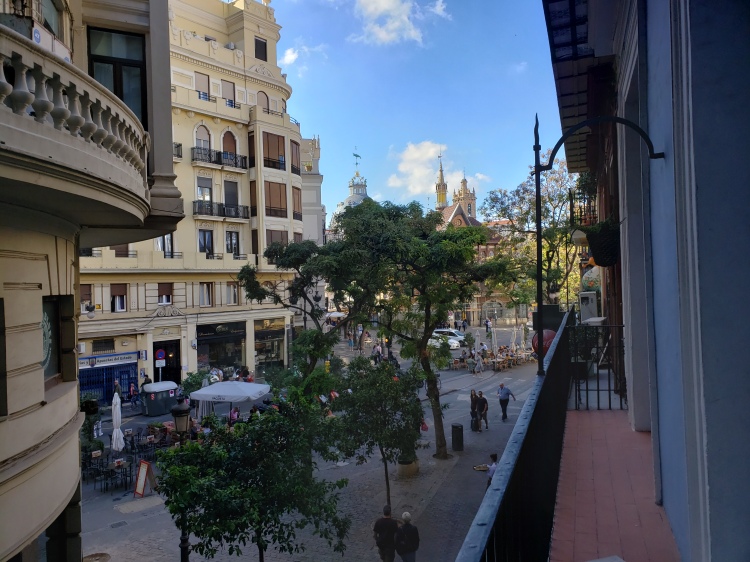Welcome to our travel blog. We are about to embark on our first adventure and invite you to join us!!
Madrid

The Royal Palace of Madrid (Palacio Real de Madrid) is the official residence of the Spanish Royal family at the city of Madrid, although now only used for state ceremonies.

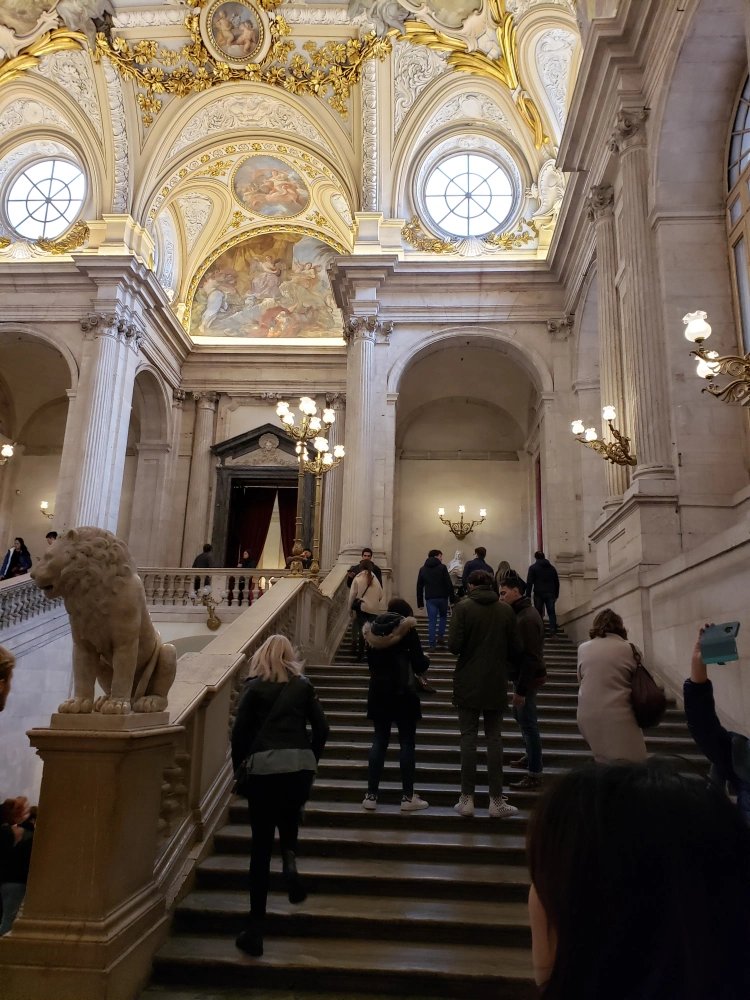





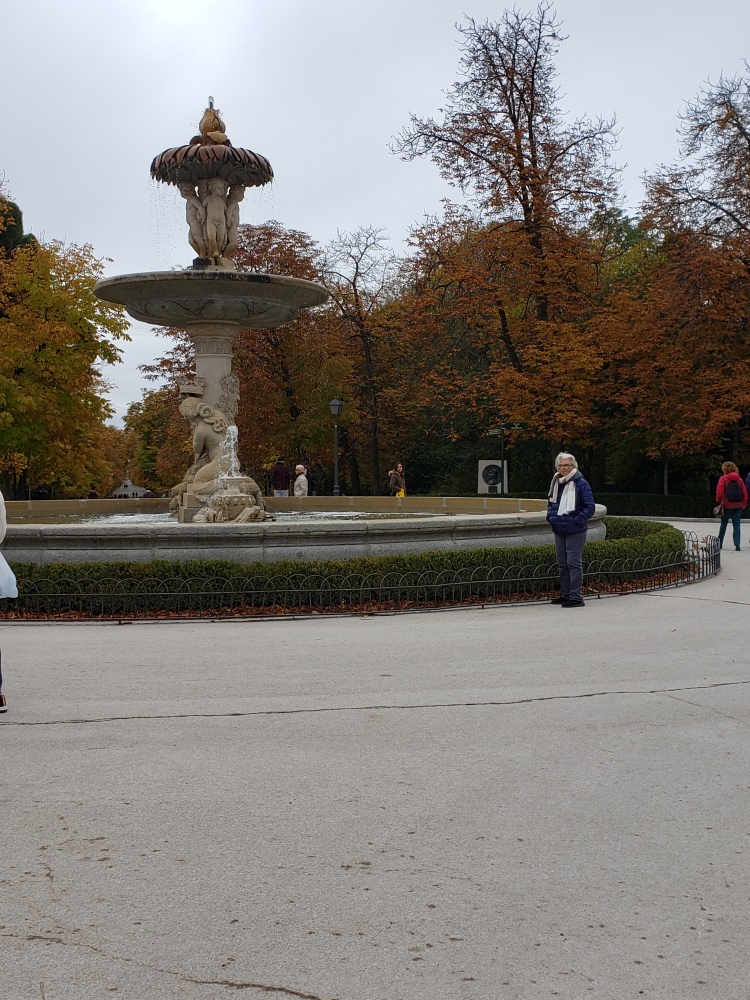
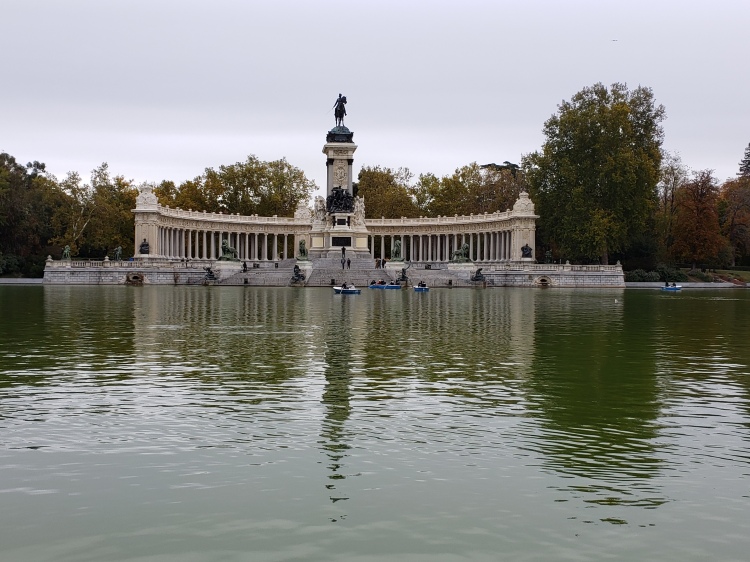








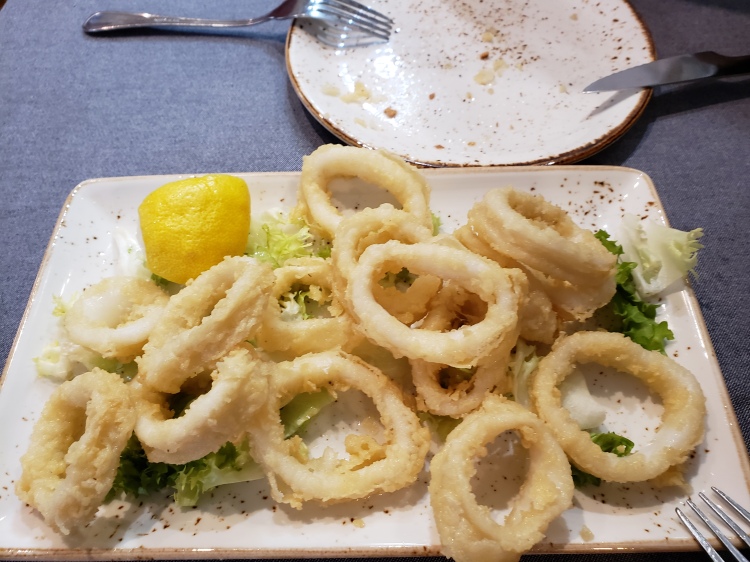


Au revoir, ciao, adios…..
Seville

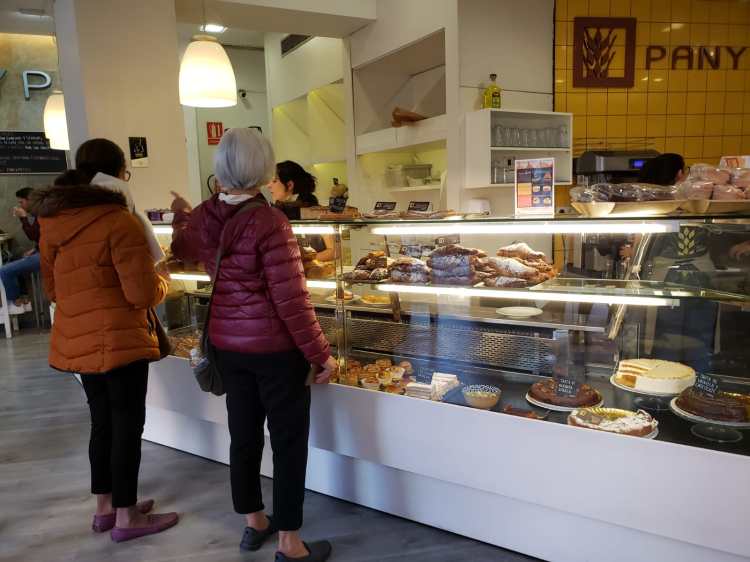


This palace dates from the last quarter of the 15th century and springs from the union of the Enríquez and Ribera families. As a result of their most conspicuous members’ intense relationship with Italy, throughout the 16th century it underwent deep transformations and became the filter through which the new Renaissance forms and tastes were introduced into Seville. Alterations carried out in the mid 19th century in accordance with the romantic taste complete its picturesque appearance, a harmonious blend of mudejar-Gothic, Renaissance and romantic styles.






The origins of the palace (Real or Royal Palace) can be traced back to the time of the first occupations by Moorish conquest of Seville in 712. Subsequent conquers by Christians who built atop the Moorish structure resulted in a combination of designs. Gothic, Renaissance and Romanesque design were combined to the original Islamic structure leading to the unique blend of styles known as Mudéjar It is by and large considered to be one of the most outstanding examples of Mudejar art to exist today.

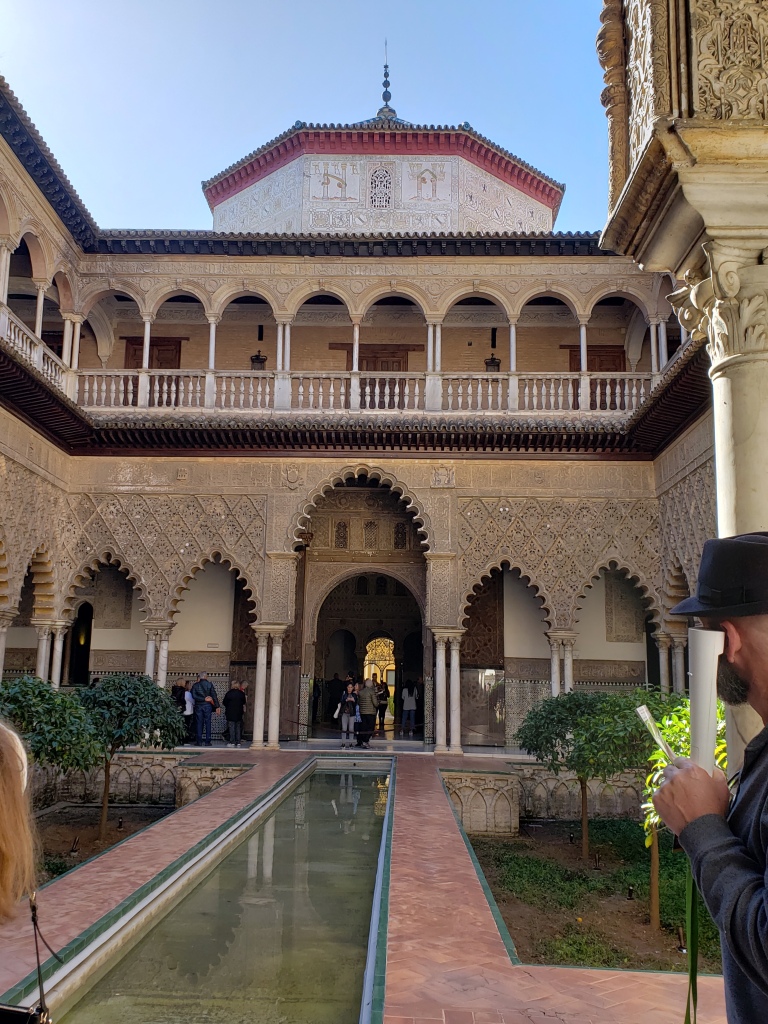













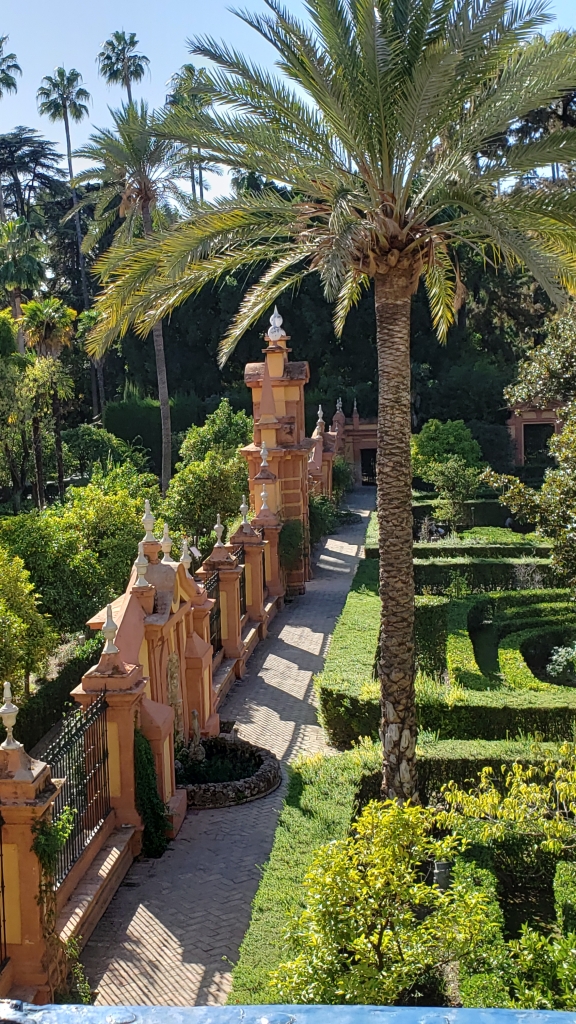








Puerto de Santa Maria
Today was a ferry to Puerta de Santa Maria…a small port city. “The old town centre is refreshingly traffic-free, with cobbled streets lined with orange trees and typical Andaluz architecture.” Actually the city was disappointing but they are known for excellent seafood and sherry. We partook of the seafood only 😁





Built in 1264 it was originally a mosque in the Muslim village of al-Qanatir. Unfortunately one needs reservations for the tour so we were unable to enter.



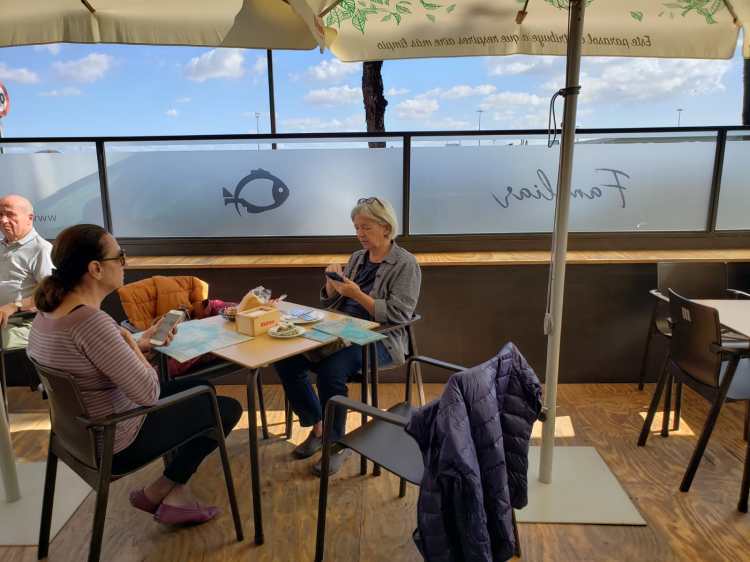




On to Seville tomorrow
Cadiz
“Cadiz is thought by some to be the oldest city in Europe, founded in 1100 BC by the Phoenicians. The city subsequently became a naval base for the Romans before fading into obscurity until 1262 when it was taken from the Muslims by Alfonso X. The real boom period was with the discovery of America as Columbus sailed from this port on his second and fourth voyages. Much later the city enjoyed a golden age during the 18th century when it enjoyed 75% of Spanish trade with America. From this time it grew into one of the wealthiest and most cosmopolitan cities in Spain.”
Truthfully, we weren’t very impressed with Cadiz upon our arrival. It is an old city and a bit neglected although signs of restoration can be seen everywhere. It has turned out to be an enjoyable visit…perhaps in large part because it is on the sea.
















Fortress built on a rocky outcrop that reaches out to sea. La Caleta beach is on one side, protecting it to the northwest.
Built in the 17th century, it has an Italian-style star-shaped floor-plan, and served as a military prison


Cadiz’s main theatre, a Mudejar-style building




Cordoba
“Cordoba is the largest city and the capital of the Province of Cordoba (no, this isn’t a typo). Cordoba looks back at more than two thousand years of history. The city was founded by the Romans 169 B. C. At one time, Cordoba was the world’s largest city counting about one million residents. Cordoba is the only city in the world to host four world cultural heritage sites. Cordoba was a spot of peaceful coexistence of three different cultures: Jews, Muslims and Christians. Cordoba’s Mezquita is the largest mosque in the entire world, as well as the world’s largest temple.Cordoba has about 330,000 residents making it the tenth largest city of the Spanish mainland and the third largest city of Andalusia. The so called Casco Viejo, Cordoba’s historic quarter including the Judería, is known as largest old town area in Spain. The annual Cordoba Guitar Festival is among the most significant events of its kind in the world. Also in May is the annual Patio Festival. Cordoba is world renowned for its leather manufacturing sites and silversmiths. Cordoba is the place of birth of the grand Roman philosopher Seneca. Out of Córdoba there are the world’s largest olive plantations.”







The Mezquita
“The buildings on this site are as complex as the extraordinarily rich history they illustrate. Historians believe that there had first been a temple to the Roman god, Janus, on this site. The temple was converted into a church by invading Visigoths who seized Cordoba in 572. Next, the church was converted into a mosque and then completely rebuilt by the descendants of the exiled Umayyads”



“Due to a hot, dry climate homes in Córdoba were built with a central patio even back in the days of the Romans. This tradition was continued by the Moors and persists in many homes even today. Filling the central patio with plants and water features has always been a way to keep local homes cool. But, thanks to human creativity and ingenuity, patio decoration ended up taking on a life all its own and at some point, someone realised that these hidden treasures were just too good to be kept tucked away behind heavy doors and iron grates. So, once a year, the doors open and everyone is invited in to see the wonders of Córdoba’s patios.”





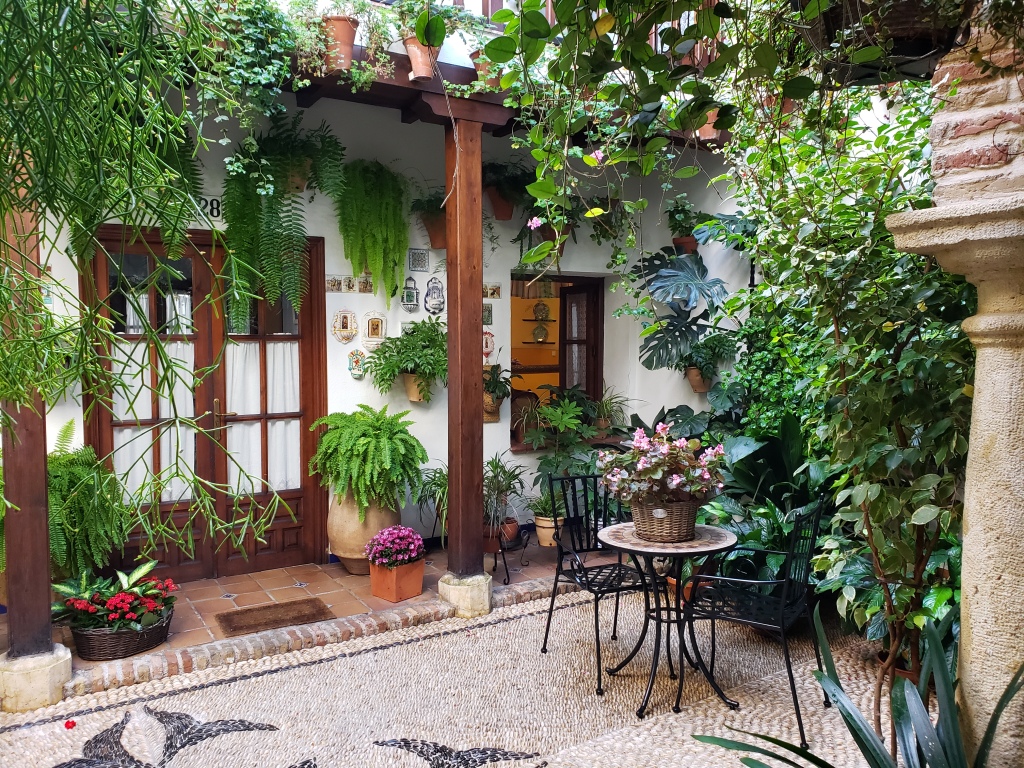

Caballerizas Reales
“These elegant stables were built on orders of King Felipe II in 1570 as a centre for developing the tall Spanish thoroughbred warhorse (caballo andaluz). The centre still breeds these fine horses (47 are here today) and trains horses and riders in equestrian disciplines.” Cameras aren’t allowed during the show so the following picture is from the web. The others I took while watching the practice.



Palacio Viana
“Viana’s palace is a sample of manor houses of the Cordoba nobility. Although there is documentary evidence of the existence of some buildings of the fourteenth century, the history of the palace begins with Gómez Suárez de Figueroa, lord of Fuencubierta , mayor of Antequera and of Cordoba during the fifteenth century. From the first owner, the palace is expanding and undergoing major transformations until the mid-twentieth century. ” Included in this palace are 12 courtyards. Water fountains and lemon/mandarin trees are always a part of the courtyards….always the sound of water.







Albaicín Granada
The Albaicín or Albayzín as it was known under Muslim rule, is a district of Granada, in the autonomous community of Andalusia, Spain. It retains the narrow winding streets of its Medieval Moorish past dating back to the Nasrid Kingdom of Granada. It was declared a World Heritage Site in 1984, along with the Alhambra. Nothing is known of its history before the arrival of the Muslim Arabs and Berbers, so it is assumed that the city was abandoned after the fall of the Roman Empire until the founding of the Zirid Kingdom in 1013.









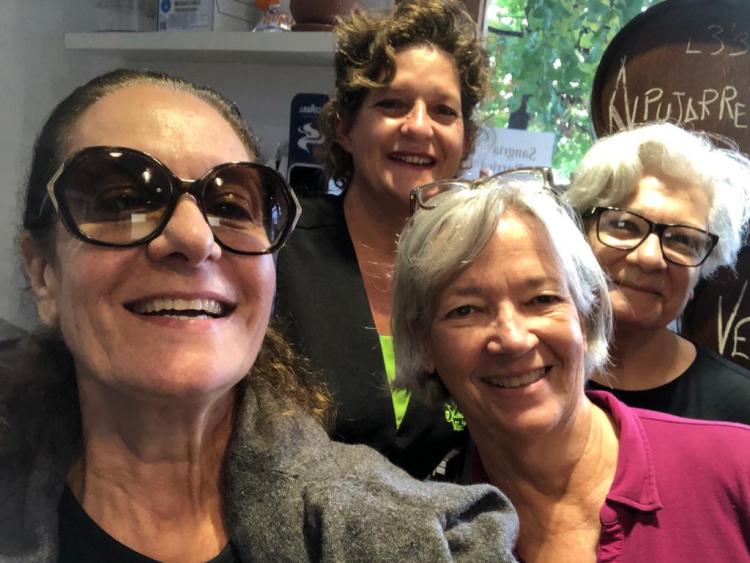
Beautiful Granada
Tuesday was a travel day from Valencia to Granada by way of Madrid on the train.






ALHAMBRA
The name Alhambra comes from an Arabic root which means “red or crimson castle”, perhaps due to the hue of the towers and walls that surround the entire hill of La Sabica which by starlight is silver but by sunlight is transformed into gold. But there is another more poetic version, evoked by the Moslem analysts who speak of the construction of the Alhambra fortress “by the light of torches”, the reflections of which gave the walls their particular coloration. Created originally for military purposes, the Alhambra was an “alcazaba” (fortress), an “alcázar” (palace) and a small “medina” (city), all in one. This triple character helps to explain many distinctive features of the monument.






















Valencia – day 2….
We wandered the city today, just exploring, shopping and of course eating. Beautiful city, beautiful weather, beautiful people.







“The city’s famous round ‘square’ is tucked away behind Plaza de la Reina in the centre of Valencia’s Old Town district. It features craft stalls and bars and restaurants set in the circular courtyard of a pretty building. “
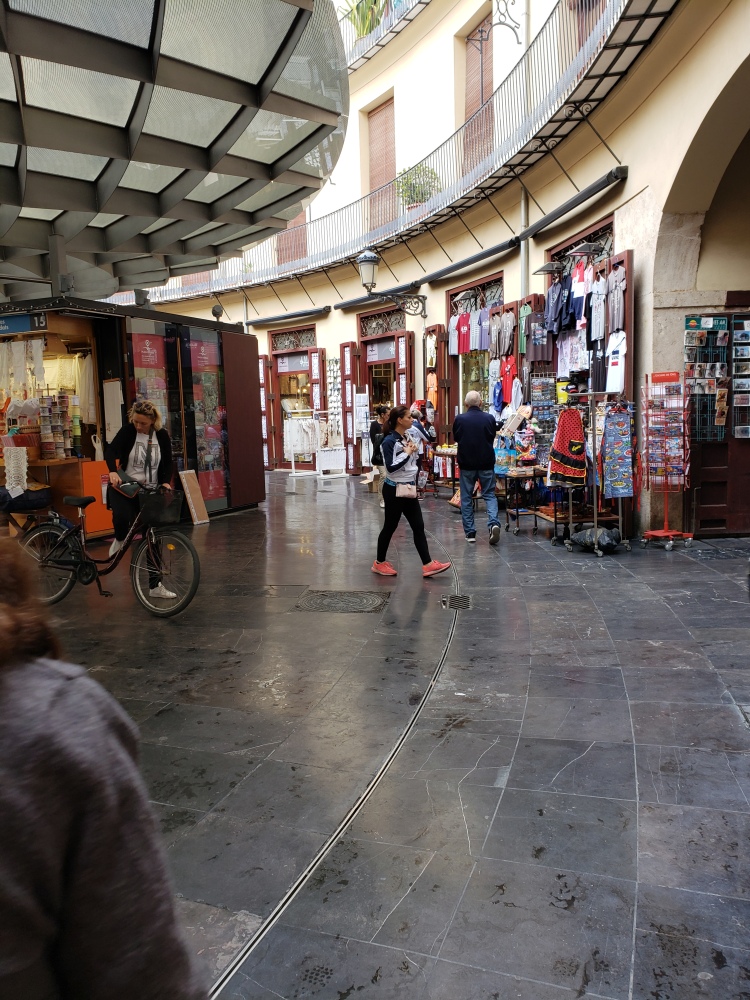



Valencia
We have recuperated from our long bus ride, Mona has joined us….it’s time to wander about Valencia. It’s Sunday so many shops are closed but the old center fills with street vendors, there is a marathon and always music!









La Pepica is one of the oldest restaurants in Valencia, and for the last 121 years, this seaside staple has set the bar for many of the city’s best paella restaurants. It has invented two new types of paella, which restaurants across Spain and the rest of the world now replicate


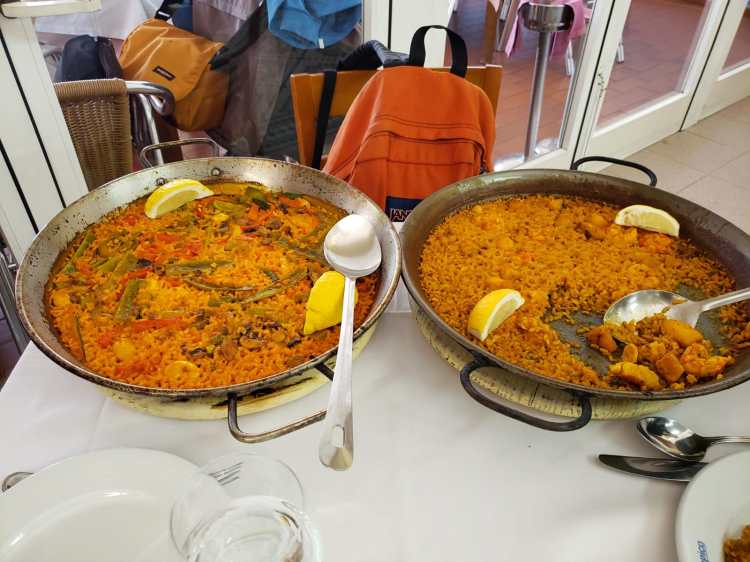






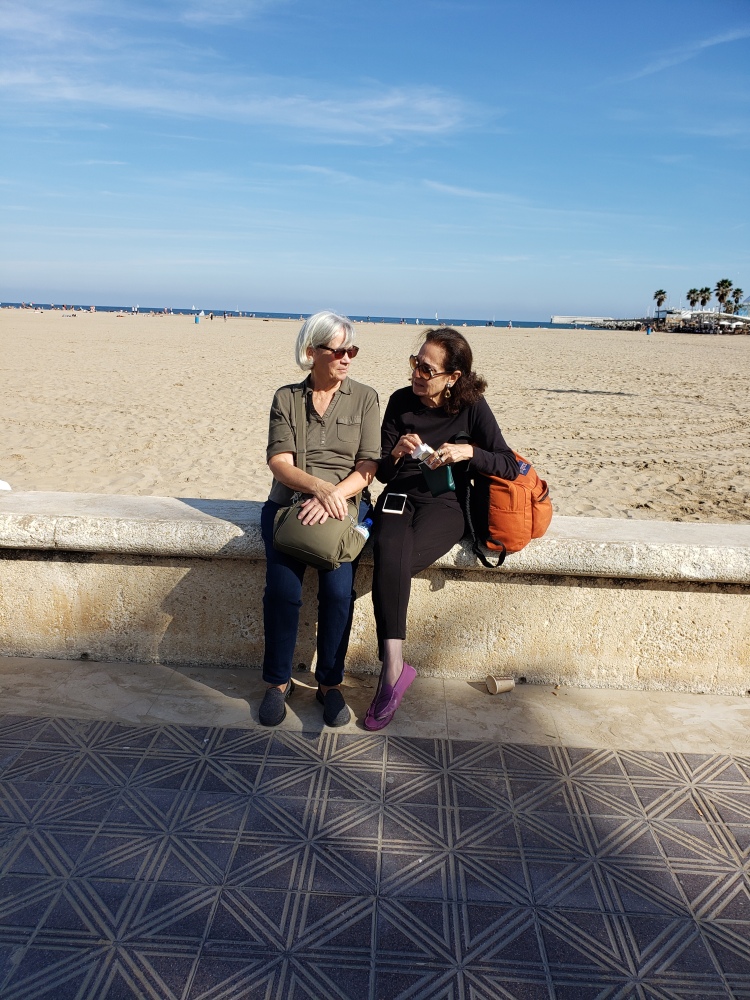


Au Revoir France, Buenas Dias Spain…..
So it was time to leave France and move on to exploring Spain, our last country on this trip. We managed to maneuver through a train strike in Menton and get to Avignon as planned. But once in Avignon we found the train on our planned day of departure to Valencia was booked so we had to make reservations to leave Avignon a day early. No problemo. So we thought…

We got to the train station in plenty of time….had a nice croissant and coffee. Completely unaware that there had been torrential rains that washed out the train tracks in southern France, and no one, including us, was getting to Spain from France by train for probably 2 weeks! Quick rebooking to Montpellier and once there found an overnight, 10 hour bus to Valencia 😱.

After spending about 8 hours in this lovely food hall, we finally boarded our bus to Valencia. A bit fatigued, to say the least, we are now in Valencia. Settled into a wonderfully located Airbnb steps from the Central Market.




